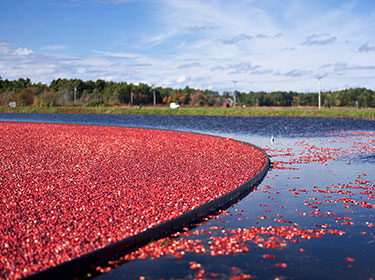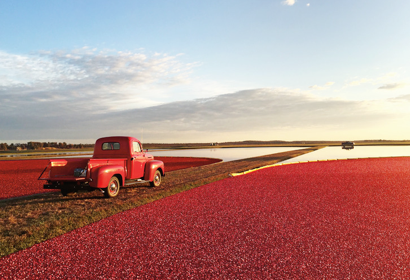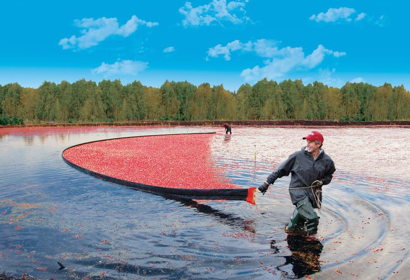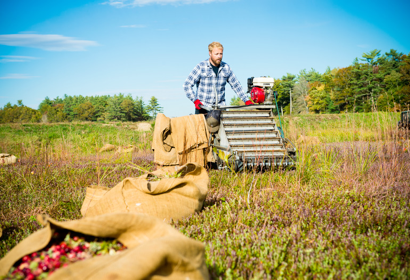Find a store
Choose your Country or Region
-
North America
-
Asia Pacific
-
Africa
-
Europe & Middle East
-
Latin America & Caribbean
Join Fanberry Club
Please enter your information below to join the Fanberry Club
Sign in to the Fanberry Club
Forgot Password
Reset Password
Thanks!
Thanks!
Thank you for joining the Fanberry Club
Your password has been reset successfully
Thank you, instructions to reset your password has been sent to your email.
A confirmation email has been sent to the email address you used to register your account.











